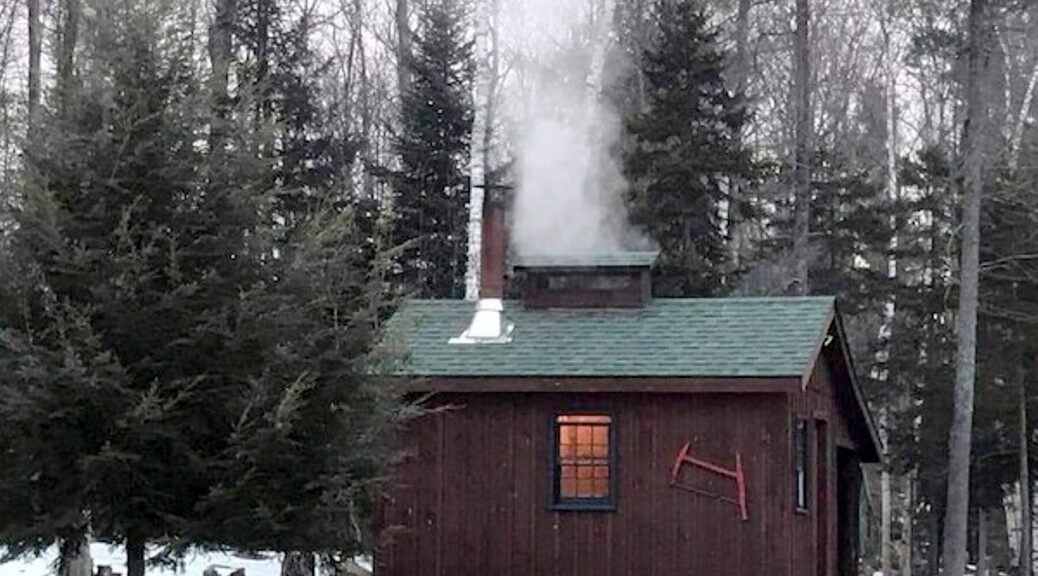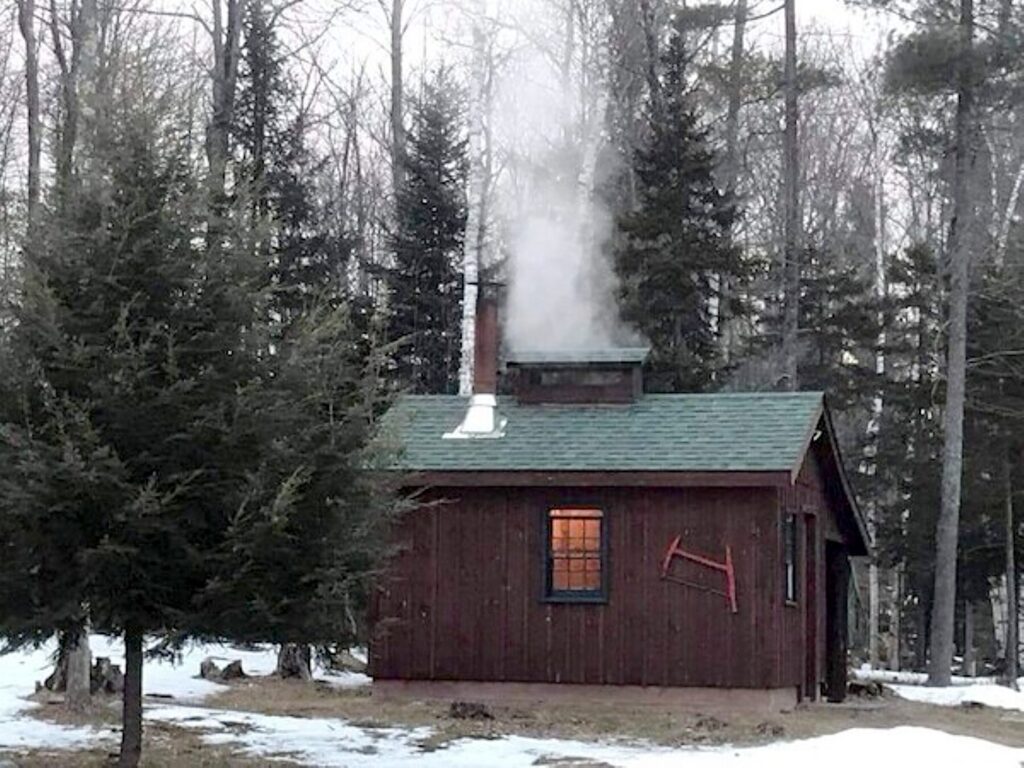
Construction on the first phase of the Adirondack Rail Trail, 10 miles of what will be a 34-mile, multi-use recreational corridor for outdoor adventurers between Tupper Lake and Lake Placid, has been completed, New York State Governor Kathy Hochul announced.
The first of three construction phases converted the former railbed along the Lake Placid to Saranac Lake segment of the corridor into a world-class shared-use path that when complete, will be open all year, free of charge, for hikers, bikers, cross-country skiers and snowmobile enthusiasts.
To protect public safety, access to the Lake Placid to Saranac Lake segment was restricted during active construction. The public is now allowed in this segment of the corridor; snowmobile access through the entire 34-mile Adirondack Rail Trail begins on Dec. 10, 2023.
“The Adirondacks provide some of the most beautiful natural landscapes and resources in the world alongside scenic communities ready to welcome visitors,” Governor Hochul said. “Today’s milestone is a step towards realizing the vision of the Adirondack Rail Trail and I look forward to the project’s ongoing progress that will bring year-round enjoyment to Rail Trail users and boost local economies.”
Upon completion of all three phases of construction, the Adirondack Rail Trail will connect the communities of Lake Placid, Saranac Lake and Tupper Lake. The route will provide visitors with the opportunity to enjoy the unique charm and amenities of each community while providing access to miles of breathtaking trails, numerous campsites and abundant waterways in the Forest Preserve lands adjacent to the corridor. Along the Rail Trail, interpretive signage will help visitors learn about the history of the railway, cultures of adjacent communities and surrounding lands and waters.
The New York State Department of Environmental Conservation (DEC) and Office of General Services (OGS) awarded Kubricky Construction Corp. of Wilton, Saratoga County, the $7.9-million contract for the first phase of construction. The contract is funded by NY Works, with an additional $225,000 supported by the State’s Environmental Protection Fund for construction oversight and inspections. The first phase of construction began at Station Street in Lake Placid, just west of the Lake Placid Depot, and ended just past the Saranac Lake Depot near the intersection of Cedar Street and Route 86, totaling 9.9 miles. In October, DEC announced a Request for Information (RFI) to submit ideas and plans for use and public access to the historic Saranac Lake Depot building on the Adirondack Rail Trail in the village of Saranac Lake. DEC is reviewing submissions before issuing a formal Request for Proposals. The RFI closed to public submissions on Nov. 3, 2023.
“The Adirondack Rail Trail is well on its way to becoming a prime destination in the Adirondacks, connecting New Yorkers to nature and attracting visitors to the region’s wide-ranging, multi-seasonal opportunities for recreation,” New York State Department of Environmental Conservation Commissioner Basil Seggos said. “Today’s milestone marks the completion of the first phase of the Rail Trail’s construction and an opportunity to recognize and celebrate the sustained efforts of the State, federal, Indian Nation, and local partners working together advance this regional asset from concept to reality.”
The initial phase of construction also included work on expanded parking options in Tupper Lake and the removal of additional rails around the Saranac Lake Depot. Construction of the second phase of the trail, including the Saranac Lake to Floodwood segment, began in 2023 and will pause for the winter. This phase is expected to be completed in late 2024. The final phase of construction from Floodwood to Tupper Lake is expected to begin in 2024, pause for winter and conclude in 2025. The Saranac Lake to Tupper Lake trail segments were open to interim recreation throughout the first phase of construction. OGS will continue to oversee trail design and construction throughout all three phases.
The project is part of DEC’s strategic investments through the Adventure NY Initiative to enhance public access to State lands and facilities and connect people with nature and the outdoors. The trail is designed to be accessible by people of all abilities to the maximum extent practicable. Most of the trail surface will consist of compacted crushed stone. The trail will be paved in select areas within the village of Saranac Lake and on small sections of trail over bridges.
Office of General Services Commissioner Jeanette Moy said,“The OGS team is proud to have worked in partnership with the DEC and DOT to fulfill Governor Hochul’s commitment to creating a recreational rail trail that would allow residents and visitors to experience the scenic Adirondacks and its local communities with ease. As we celebrate the completion of the trail’s first phase today, we also stand committed to fully realizing the Governor’s vision of a world-class, multiple-use, year-round, and accessible trail connecting Lake Placid to Tupper Lake.”
State Department of Transportation Commissioner Marie Therese Dominguez said, “The New York State Department of Transportation is proud of the role we played in the beginning phases of construction on the Adirondack Rail Trail, clearing old tracks and laying the foundation for a new chapter of recreation in the Adirondack Park. This multi-purpose trail will allow residents and tourists alike to enjoy the natural beauty and majesty of the Adirondacks year-round in a sustainable way. Thank you to Governor Hochul and our partners at DEC and OGS for supporting this project from the beginning and for the work that went into making this first phase of the Adirondack Rail Trail a reality.”
“Completion of the first phase of the Adirondack Rail Trail is welcome news for our region. Investments and enhancements such as this are crucial to helping our region continue to develop,” State Senator Dan Stec said. “Once all three phases are completed, the trail will be a vital part of the North Country economy and provide another unique outdoor recreational activity for residents and visitors alike.”
“The Adirondack Rail Trail is a testament to New York’s commitment in showcasing how we can maintain the pristine character of our natural environmental resources while developing the capacity of them to serve as world class outdoor recreational assets,” Assemblymember Matthew Simpson said. “With the Stage 1 now complete, the reality of this vision coming to fruition is cause for true celebration. I applaud Governor Hochul and DEC Commissioner Basil Seggos for their ongoing support of this project and offer a tip of the cap to the men and women who had a hand in the physical construction of this great project.”
Work to transform the trail started in October 2020 when the State Department of Transportation (DOT) worked to remove rail infrastructure from the Tupper Lake to Lake Placid segment of the corridor. In March 2022, DEC and DOT announced the transfer of jurisdiction to DEC, marking the formal completion of the rail removal phase and the start of the formal trail design and construction phase. With the transfer of jurisdiction, DEC assumed management of public safety and recreational activities, as well as maintenance, along this segment of the corridor.
Upon completion of construction, DEC will assume day-to-day management of the trail, working closely with stakeholders and municipalities. Up-to-date information on corridor conditions, phases of construction, guidance on interim recreation, and a public use map are available on DEC’s Remsen-Lake Placid Travel Corridor webpage. Additional details about the 2020 Remsen-Lake Placid Travel Corridor Unit Management Plan Amendment/Supplemental Environmental Impact Statement are also available on DEC’s website.
More information at https://www.dec.ny.gov/places/adirondack-rail-trail.
For more travel features, visit:
Going Places @ theisland360.com
goingplacesnearandfar.wordpress.com
www.huffingtonpost.com/author/karen-rubin
travelwritersmagazine.com/TravelFeaturesSyndicate/
goingplacesfarandnear.tumblr.com/
instagram.com/going_places_far_and_near/
instagram.com/bigbackpacktraveler/
‘Like’ us on facebook.com/KarenBRubin
Twitter: @TravelFeatures

